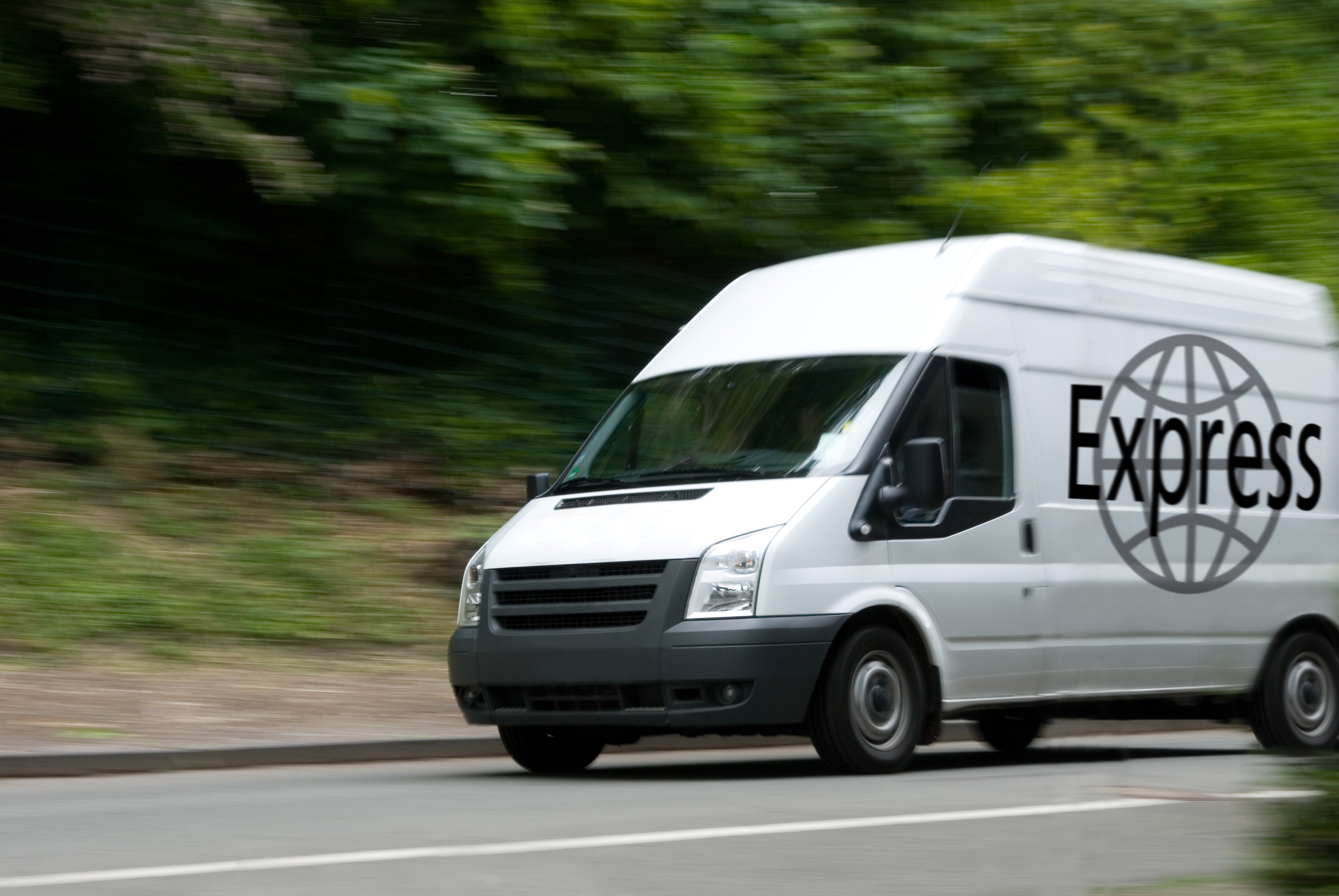 I’ve been thinking about green claims today. Many companies make green claims about their products, but how often do we stop and ask the question, “Compared to what?”
I’ve been thinking about green claims today. Many companies make green claims about their products, but how often do we stop and ask the question, “Compared to what?”
For example, I recently read some data from the United States Postal Service Greenhouse Gas Emissions Survey that had some impressive data. By replacing just two trips to the mall each year by shopping by catalogs or direct mail, Americans could:
- Save 30 miles per household – or 3,332,718,510 miles per year.
- Save 158,700,881 gallons of gasoline or about $634,803,524.
- Avoid 28 tons of CO2 emissions per household – or 3,094,667,179 tons per year.
Sounds great. Sign me up! Then I started thinking about it some more.
Americans may save that many miles, but does that mean that the miles aren’t traveled? No, those products still need to get delivered, and that takes gas.
If the packages are being delivered by the USPS — even if the mail carrier is coming to your house anyway — the delivery is not carbon-footprint-neutral. Every additional package being delivered adds extra weight that requires additional fuel. I wonder if that additional weight is factored into the USPS calculations?
If another carrier is used to deliver the package, how far out of the way are those carriers traveling to deliver those packages? The miles saved by the consumer not going to the mall are offset by the number of miles the delivery service must go to deliver their purchase to their house.
The USPS estimate assumed 7.5 miles, on average, to a local mall (15 miles round trip). That’s not an insignificant distance — a full gallon of gas for the average SUV. Delivery services will likely save miles overall. But few people make a trip to the mall to purchase a single item. Usually that trip is combined with other errands. So can you really assign the full 15 miles round-trip to that purchase? Contrast this with a package delivery to your house. That’s usually a dedicated stop.
Then there is the weight of the delivery trucks. There is a lot of weight (and fuel) associated with these vehicles. While drivers may be extremely efficient delivery routes, they are also making regular stops and starts, often in city traffic, which burns up far more gas than the average passenger vehicle going to the mall. Plus, did the USPS factor in the fact that these trucks are kept running at every drop-off?
I could go on, but you get the point. I tried to find the original source for the USPS estimates (here’s one of them), but I was unsuccessful. Lots of PowerPoint and other presentations have cited these numbers, but in some ways the source is irrelevant because that’s not the point. The point is that we must look at such data with a critical eye.
What is being said? What is not being said? What is being excluded? Are these data giving the full picture or just the biased slice that the author wants us to see?








Great article, I like how you bring the delivery of the items into question. The common consumer does not think about the behind the scene's of the product they are purchasing. Yes it might be a eco-friendly item but what about the carbon foot print that was left for the manufacturing and delivery of the product.
Great article, I like how you bring the delivery of the items into question. The common consumer does not think about the behind the scene's of the product they are purchasing. Yes it might be a eco-friendly item but what about the carbon foot print that was left for the manufacturing and delivery of the product.
This is a great article and a very interesting topic. The great thing about ordering from online stores is that they are not running a brick and mortar storefront which takes an amazing amount of energy. The product is also getting delivered directly from the warehouse to the customer instead of from the warehouse to a store and then to the customer. In the end, I still think online shopping makes a lot of Eco-sense.
This is a great article and a very interesting topic. The great thing about ordering from online stores is that they are not running a brick and mortar storefront which takes an amazing amount of energy. The product is also getting delivered directly from the warehouse to the customer instead of from the warehouse to a store and then to the customer. In the end, I still think online shopping makes a lot of Eco-sense.
This is a very interesting topic indeed. Never thought about this until now. We must be eco-friendly but how can we do that in this generation..
Fascinating information. There are also more tips in this mycouponbasket.com. I personally get my coupons online, it is much more convenient and ever best.
Fascinating information.This is a very interesting topic indeed. Great article
Never thought about this until now.
Online shopping can save our money and time. I always prefer to buy things online setting from my home. You have to think about it. How much is beneficial for us.